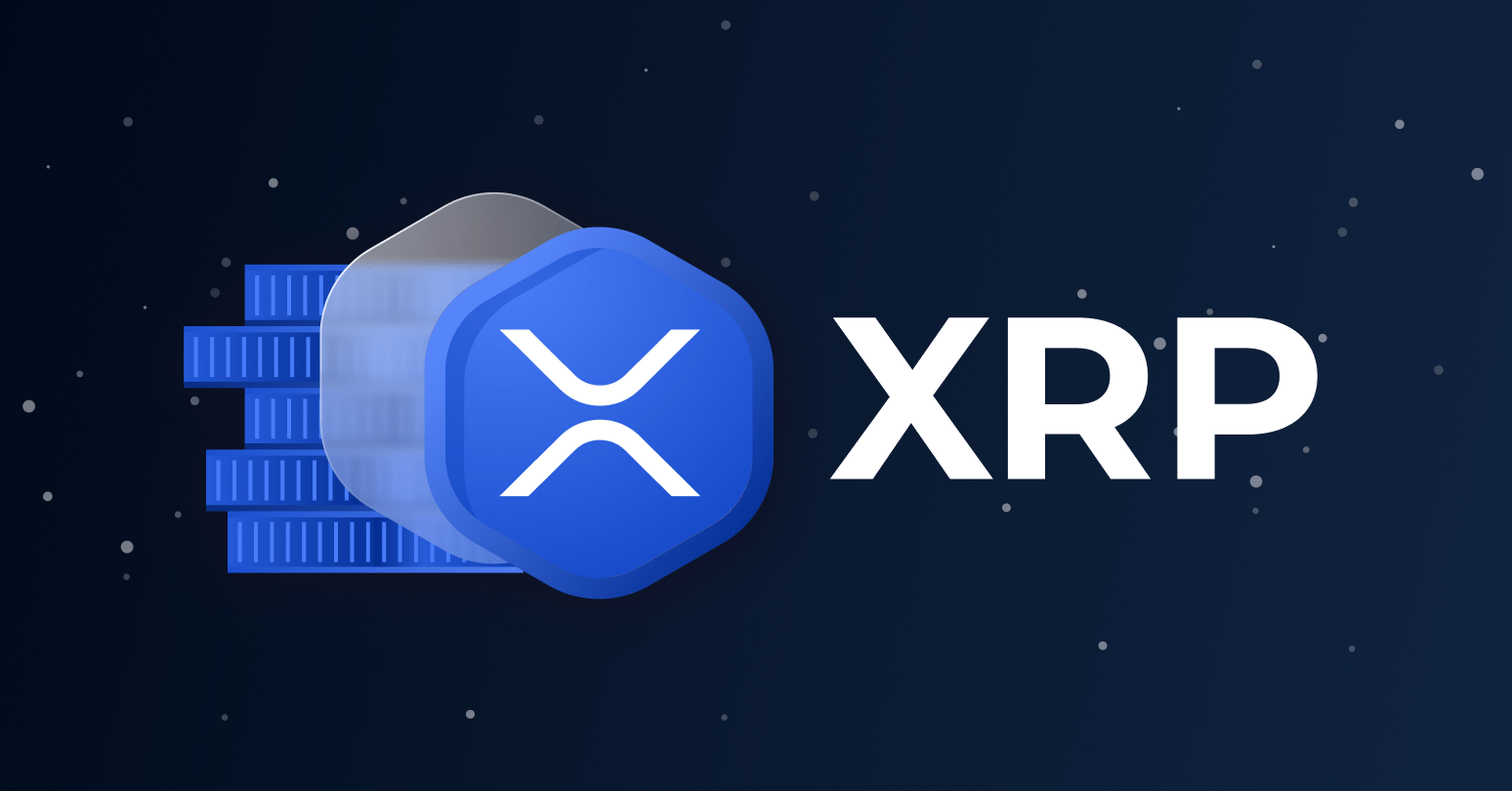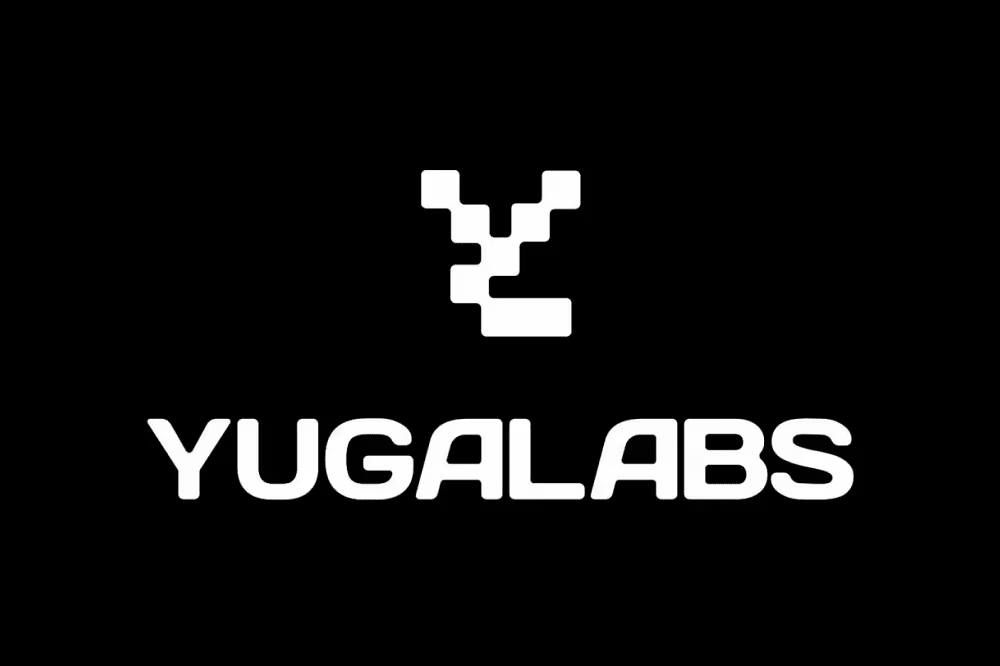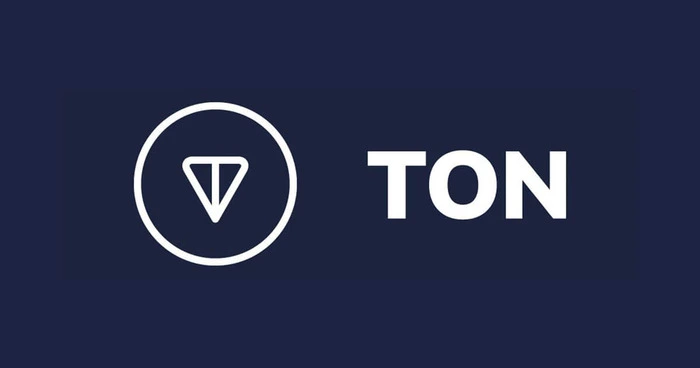Key Takeaways:
- XRP gains indirect exposure to over 5,000 European banks via SEPA and PSPs.
- ILP and XRPL enable real-time euro settlement without disrupting existing banking systems.
- The proof-of-concept demonstrates blockchain’s practical role in regulated finance.
XRP Bridges SEPA Banks to Blockchain Settlement
Europe’s payment ecosystem is on the cusp of a transformative shift. A recent proof-of-concept (POC) showcased real-time euro settlements using blockchain technology, combining the Interledger Protocol (ILP) with the XRP Ledger (XRPL). This innovation links regulated banking rails to digital-asset liquidity, offering unprecedented exposure for XRP across Europe.
The demonstration, highlighted by X user ProfessoRipplEffect, walked through how payment service providers (PSPs) can connect traditional bank deposits to blockchain liquidity without changing the SEPA infrastructure.
How the POC Connects SEPA and XRPL
The POC illustrates euros moving through ILP and settling directly on the XRPL. SEPA (Single Euro Payments Area) spans 36 jurisdictions, including 27 EU nations plus the UK, Norway, Switzerland, and several microstates.
As of June 2025, the SEPA Credit Transfer (SCT) scheme included 3,550 institutions, with 2,765 participating in SCT Inst for instant payments. The POC enables PSPs to bridge these banks to XRP liquidity, giving financial institutions indirect access to blockchain settlement without requiring them to adopt XRPL themselves.
XRP’s Growing Role in Regulated Finance
If widely adopted, this approach positions XRP as a practical digital-asset liquidity rail. By integrating with ISO 20022 messaging—the standard used across Europe’s banking networks—XRP could serve as a bridge between fiat currency and digital assets.
Also Read: XRP Eyes 0.00001000 BTC: Are Traders Ready for a Surge?
The POC demonstrates scalability potential, as SEPA handles tens of billions of transactions annually. For instance, in 2022 alone, SEPA processed 42.6 billion SCT and 21.6 billion SDD transactions. While adoption may be gradual due to regulatory and operational concerns, the proof-of-concept signals XRP’s capacity to complement traditional banking.
Implications for the Ecosystem
This development marks a critical step toward regulated blockchain adoption. It proves that digital assets like XRP can integrate with existing banking systems, expanding their utility beyond cross-border payments.
Also Read: Ripple CTO Unpacks How RLUSD Supercharges the XRP Ecosystem
PSP-driven adoption could allow XRP to function as a settlement layer across Europe, offering banks indirect exposure to digital assets while complying with regulatory frameworks. The POC serves as a blueprint for future global implementations, merging blockchain innovation with regulated financial infrastructure.




